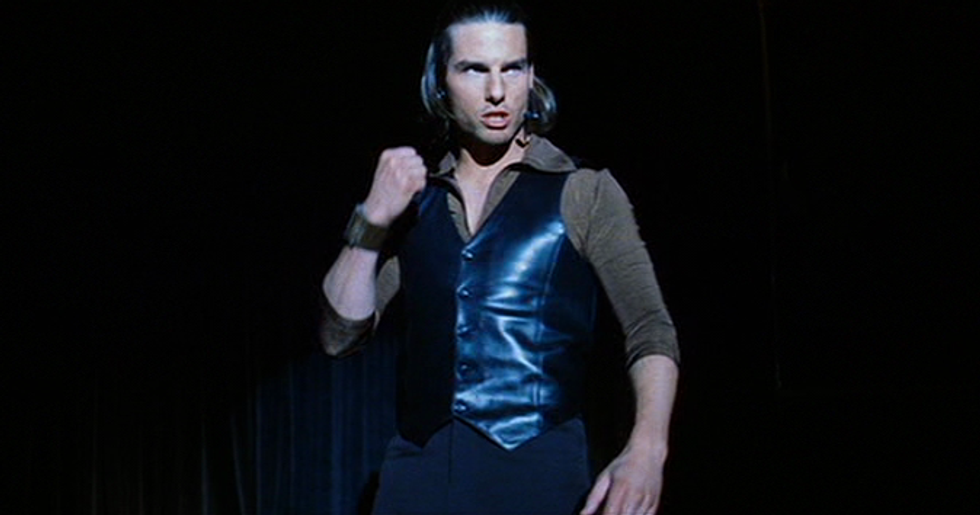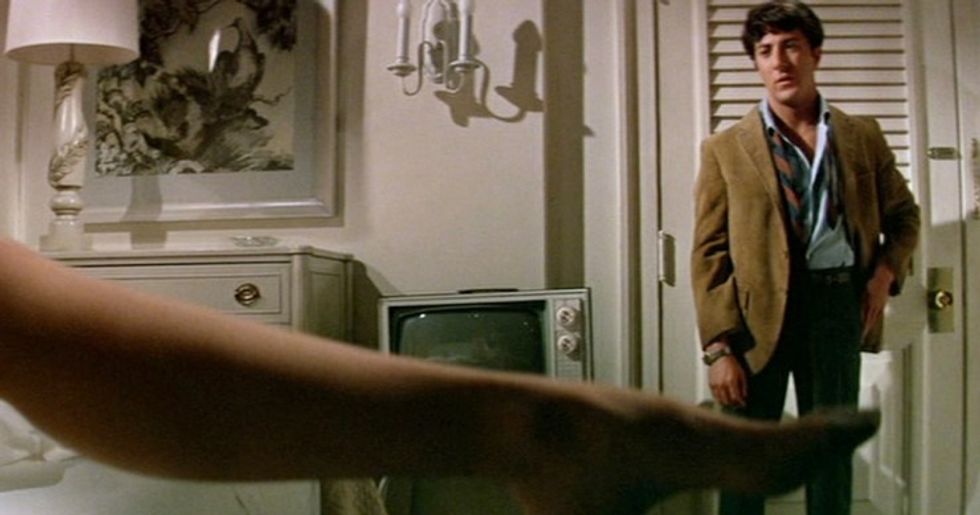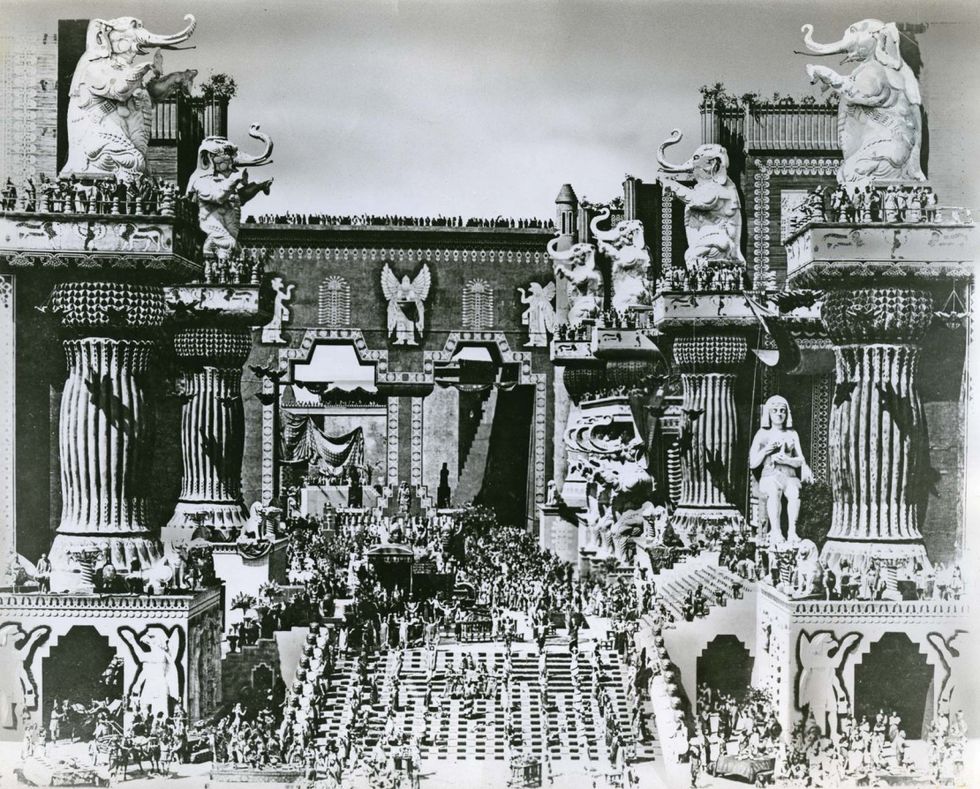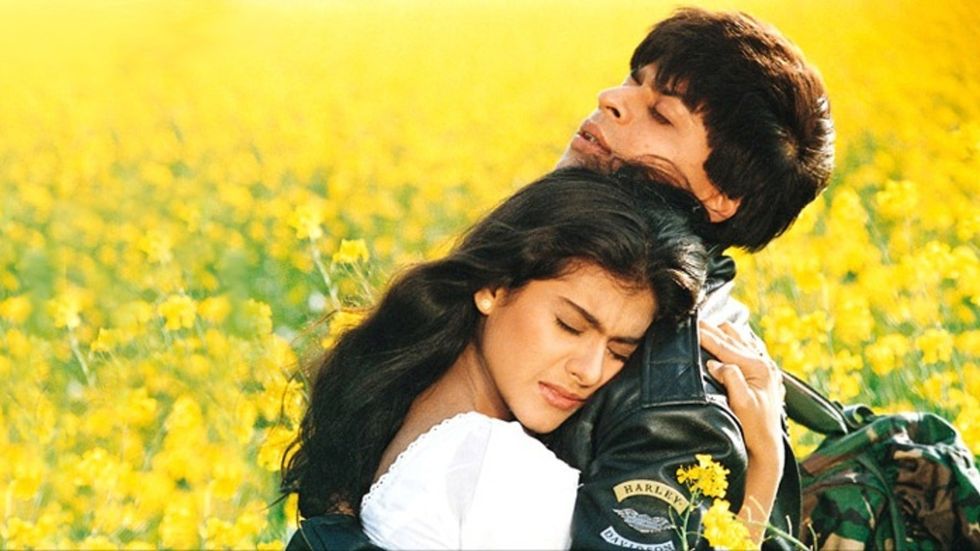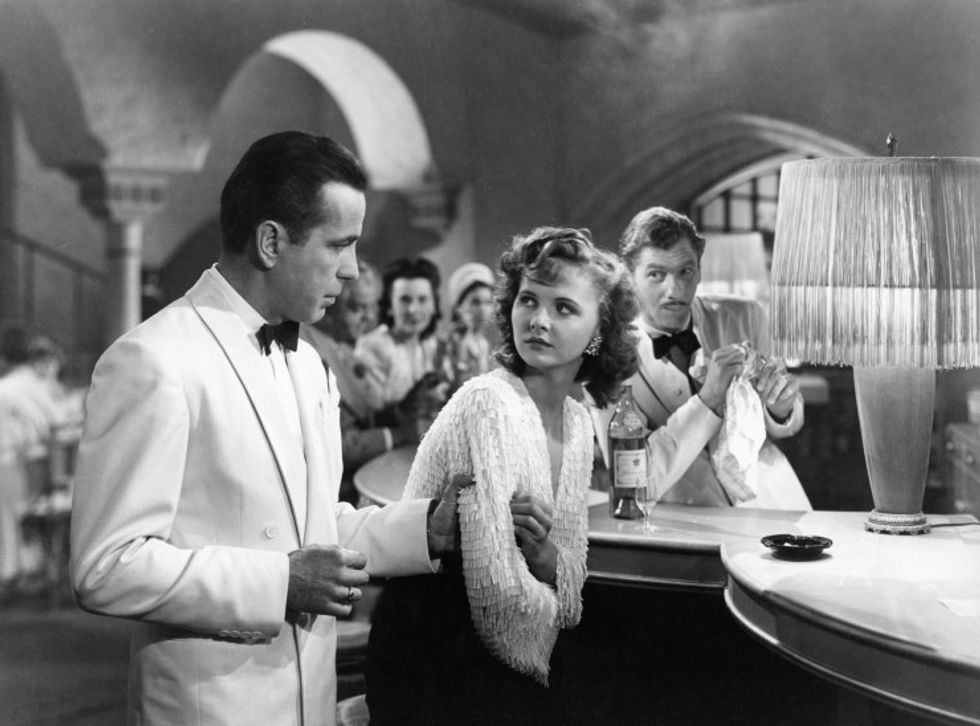What Do Roses Represent in 'American Beauty'? (Hint: It Ain't Beauty)
"It's hard to stay mad when there's so much beauty in the world."
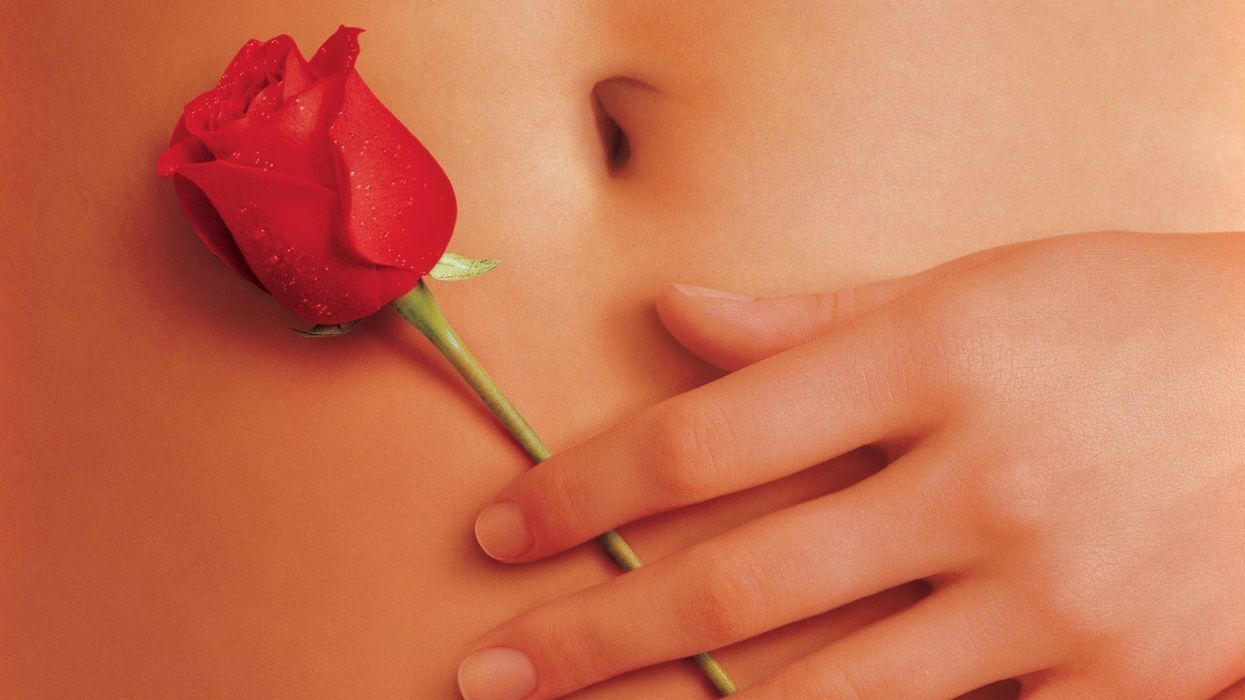
Themes and motifs are pretty complicated elements to add to a screenplay, but when they work, they add incredible dimension and richness to your story. Case in point: Sam Mendes' American Beauty. Not only did the film win five Oscars, including Best Picture, Best Director, and Best Writing (for screenwriter Alan Ball), but its treatment of the themes of conformity and beauty continues to engage audiences through a sardonically ernest tale about the unraveling of a middle-class suburban family
ScreenPrism offers up a worthy analysis of the film's themes and motifs, particularly the possible interpretation of the rose and how it's used as a reminder that some things, both in the movie and in life, are not always as they appear to be.
As a narrative construct, motifs are relatively easy to spot in any film, especially in American Beauty, which puts roses in almost every scene—so, clearly they're important to the story in some way. However, themes are a little more tricky to pinpoint, and even film critics and scholars who have studied American Beauty haven't come to a consensus about which ones are featured in the film. Some say it's about imprisonment and redemption, while others say it's about sexuality and repression. Though both interpretations make complete sense, I think the theme of conformity and beauty (at least) best fits with the rose motif.
The video does a fantastic job of explaining the connection between the motif and the theme, as well as how the two work together to give a unique perspective of the world through the film. A lot of the video's information echoes the sentiments of Roy M Anker's book Catching Light: Looking for God in the Movies, in which the author/professor discusses the film's supposed stance on beauty.
As was said in the video, the the rose represents the illusion of beauty; a superficial beauty. This is because roses, although popular and expensive, are common. They're the obvious choice for those wanting to romance their significant others. They're the obvious choice if you want to appear dignified. They're accepted by all and desired by all, and that predictability gives them an innate value and stature, much like those who buy, receive, display, and tend to them.
But—they're everywhere.
That is the center of the argument the narrative poses. Roses gives the impression of lavishness and success, but they're commonplace, so really its value is quite minimal. Think about when and where they show up in the film: when Carolyn prunes them in her yard, when Lester lusts after Angela, in pretty much every room of the Burnham home. These characters are essentially "roses", in that they personify the empty extravagance the flower represents.
The true beauty in American Beauty is the antithesis of the rose. While Lester, Carolyn, and Angela (and virtually every other character) spend the whole film pretending to be someone they're not, Jane and Ricky spend it being nobody but their authentic selves. The true beauty in American Beauty, according to Anker, is the seemingly ordinary, the humble, the thing that doesn't command attention, the genuine, because these things actually provide what the rose only claims it will: love, happiness, contentment. From Catching Light:
And thus is resolved their long war of the roses, in which the competing glittery visions of American beauty have all proved hollow, even fatal. What they held so dear and staked their lives on is trumped by a true, radical notion of beauty that delivers, despite its unspectacular humility, all the ecstasy and meaning promised by the delusion of beauty for which they have recently expended their lives.
So, what is American Beauty? It's not the rose. It's not the fantasy. It's not this idea of perfection and success. It's trash. It's a plain Jane. It's a plastic bag twisting in the wind.
Source: ScreenPrism




